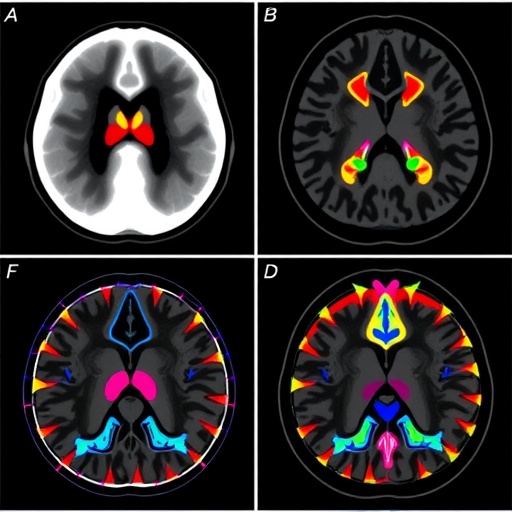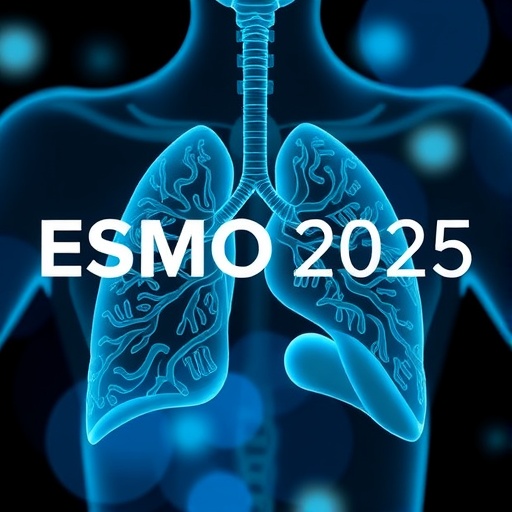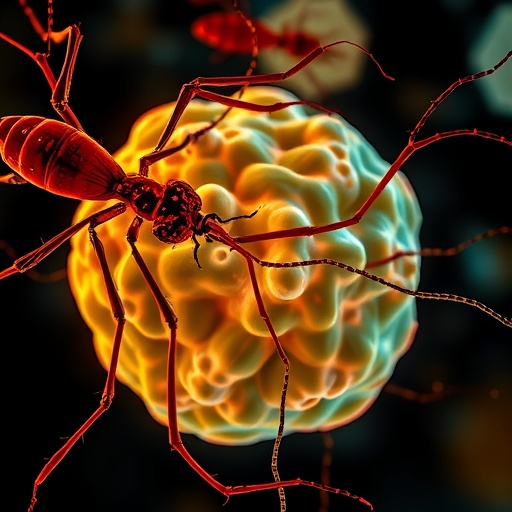A groundbreaking study published in BMC Cancer has unveiled a novel machine learning model leveraging multiparametric magnetic resonance imaging (mp-MRI) radiomics combined with clinical data to predict the recurrence of non-muscle-invasive bladder cancer (NMIBC) within two years post-surgery. This innovative research addresses a critical challenge in oncology, as NMIBC is notorious for its high postoperative recurrence rate, and existing clinical prediction models often fall short in accuracy.
Non-muscle-invasive bladder cancer represents a significant portion of bladder cancer diagnoses worldwide. Despite being less invasive than muscle-invasive types, NMIBC has a vexing propensity to recur, necessitating vigilant postoperative monitoring and timely intervention. Traditional risk stratification tools, while useful, frequently lack the precision needed to tailor personalized treatment protocols effectively.
This study embarked on a retrospective analysis of 183 NMIBC patients, of whom 57 experienced recurrence within two years and 126 did not. Utilizing state-of-the-art imaging techniques, researchers extracted extensive radiomic features from three critical mp-MRI sequences: T2-weighted imaging (T2W), apparent diffusion coefficient (ADC) maps, and dynamic contrast-enhanced sequences. These imaging modalities collectively provide a rich matrix of tumor heterogeneity, cellular density, and vascularity insights, pivotal for robust radiomic profiling.
Feature selection plays a quintessential role in radiomics to avoid overfitting and enhance model interpretability. Employing the Least Absolute Shrinkage and Selection Operator (LASSO) method, the research team distilled hundreds of radiomic features down to four paramount imaging biomarkers: MajorAxisLength, Small Zone Non-Uniformity Normalized (SZNN), Surface Volume ratio (S/V), and Skewness. These features collectively capture tumor morphology, texture heterogeneity, and intensity distribution nuances.
Complementing the imaging data, six clinical parameters derived from the European Association of Urology’s 2021 risk stratification framework were integrated. These encompass critical patient demographics, tumor grade, stage, size, and history parameters known to influence recurrence risk. The fusion of these clinical features with radiomic data embodies a holistic approach, encapsulating both phenotypic tumor characteristics and patient-specific risk factors.
The cornerstone of this research is the application of machine learning to synthesize the amalgamated dataset into a predictive model. Ten distinct classifiers were rigorously evaluated, with Support Vector Machine (SVM) emerging as the superior performer. The SVM model achieved an exceptional Area Under the Receiver Operating Characteristic Curve (AUC) of 0.973 in the training cohort and maintained robust performance in the validation cohort with an AUC of 0.891, underscoring its predictive precision and resilience.
To ascertain the model’s generalizability, an external independent validation cohort comprising 108 patients was deployed. Remarkably, the model sustained high accuracy, exhibiting AUC values of 0.88 and 0.87 across separate validation sets. This external validation is a critical milestone, affirming the model’s adaptability across different patient populations and imaging platforms.
Understanding the importance of clinical applicability, the researchers developed an intuitive bar chart visualization that synthesizes the radiomics score (Rad-Score) with pertinent clinical features. This prognostic tool facilitates clinician decision-making by providing an accessible, quantitative risk assessment, potentially steering personalized surveillance strategies and therapeutic adjustments postoperatively.
The advancement presented by this study marks a substantial enhancement over conventional prediction models. Integrating mp-MRI radiomics with clinical data via machine learning bridges the gap between advanced imaging biomarkers and tangible clinical utility. It paves the way for more accurate risk stratification, personalized patient management, and potentially improved long-term outcomes in NMIBC care.
Nonetheless, the study is not without limitations. The retrospective design inherently introduces selection bias and constraints on causal interpretation. Additionally, the absence of molecular and genomic biomarkers means that the model relies solely on clinical and radiological data, which while powerful, may benefit from multi-omic integration in the future.
The call for future research is emphatic: prospective, multicenter studies are necessary to validate and refine the SVM-based clinical-imaging radiomics model. Including molecular biomarkers and expanding patient diversity will likely enhance the model’s predictive fidelity and clinical adoption. Moreover, longitudinal studies can evaluate whether early identification of high-risk patients through this model influences survival, quality of life, and healthcare costs.
This research embodies the convergence of radiology, oncology, and artificial intelligence, illustrating the transformative potential of machine learning in healthcare. By harnessing sophisticated imaging analytics, clinicians can foresee NMIBC recurrence with unprecedented accuracy, heralding a new era of precision medicine in bladder cancer management.
The integration of advanced radiomic features from mp-MRI with established clinical parameters exemplifies how data-driven methodologies can revolutionize disease prognostication. As imaging technology and computational algorithms continue to evolve, their application in oncology promises to unravel complex tumor behaviors and optimize therapeutic pathways systematically.
Ultimately, the study accentuates the imperative of interdisciplinary collaboration, uniting radiologists, oncologists, data scientists, and bioinformaticians to transcend traditional boundaries. Through such synergy, predictive modeling emerges not merely as a research endeavor but as a vital clinical instrument poised to improve patient outcomes and personalize cancer care on a global scale.
In conclusion, this pioneering work sets a new benchmark for predicting NMIBC recurrence, demonstrating that mp-MRI radiomics combined with clinical data and powered by machine learning can significantly refine risk assessment. It offers a roadmap for integrating cutting-edge technology into clinical workflows, fostering a future where cancer recurrence is anticipated with clarity and managed proactively.
As the oncology community grapples with the complexities of NMIBC, this study injects fresh optimism. It reveals how data-centric approaches can overcome the limitations of subjective risk assessments and conventional models, illuminating a path toward more effective surveillance and intervention strategies that ultimately save lives.
This comprehensive analysis stands as a testament to the potential of artificial intelligence to reshape clinical landscapes, signaling a paradigm shift in how bladder cancer recurrence is predicted and addressed in the coming years.
Subject of Research: Prediction of recurrence in non-muscle-invasive bladder cancer (NMIBC) within two years post-surgery using mp-MRI radiomics combined with clinical features.
Article Title: A study on predicting recurrence of non-muscle-invasive bladder cancer within 2 years using mp-MRI radiomics
Article References: Chen, B., Zhou, Y., Li, Z. et al. A study on predicting recurrence of non-muscle-invasive bladder cancer within 2 years using mp-MRI radiomics. BMC Cancer 25, 1497 (2025). https://doi.org/10.1186/s12885-025-14753-1
Image Credits: Scienmag.com
DOI: https://doi.org/10.1186/s12885-025-14753-1
Tags: bladder cancer recurrence predictionclinical data integration in cancer predictiondynamic contrast-enhanced MRI applicationsimaging techniques for tumor profilingmachine learning model for cancer recurrencemultiparametric MRI in oncologynon-muscle-invasive bladder cancer analysispersonalized treatment protocols for NMIBCpostoperative monitoring of NMIBCradiomics in bladder cancerrisk stratification in bladder cancerT2-weighted imaging in cancer diagnosis





